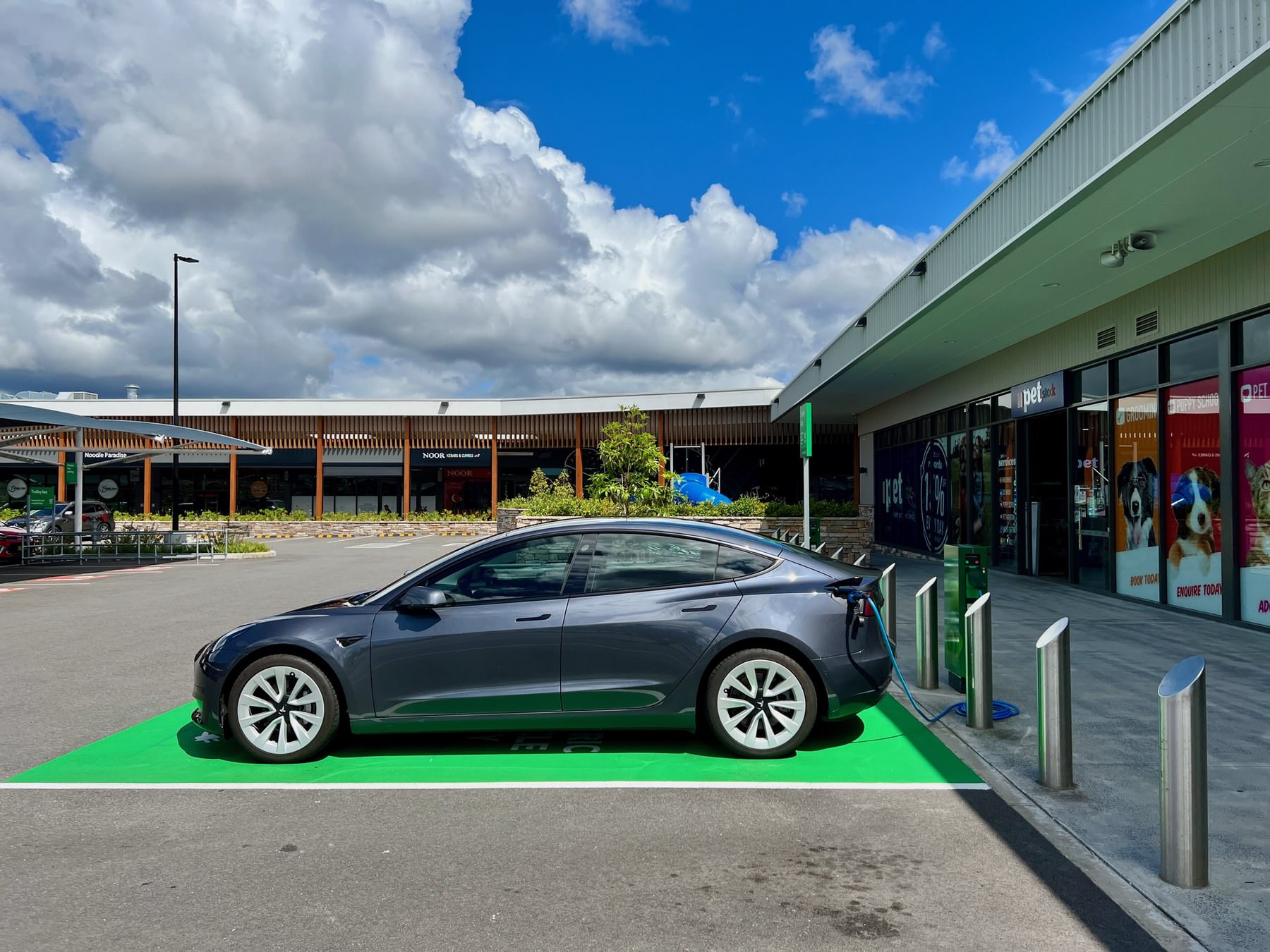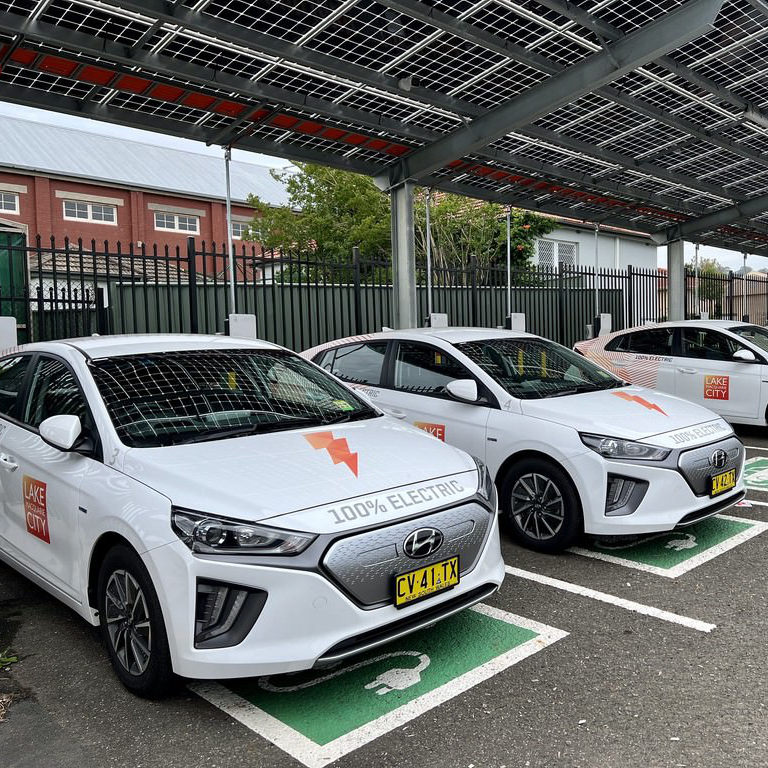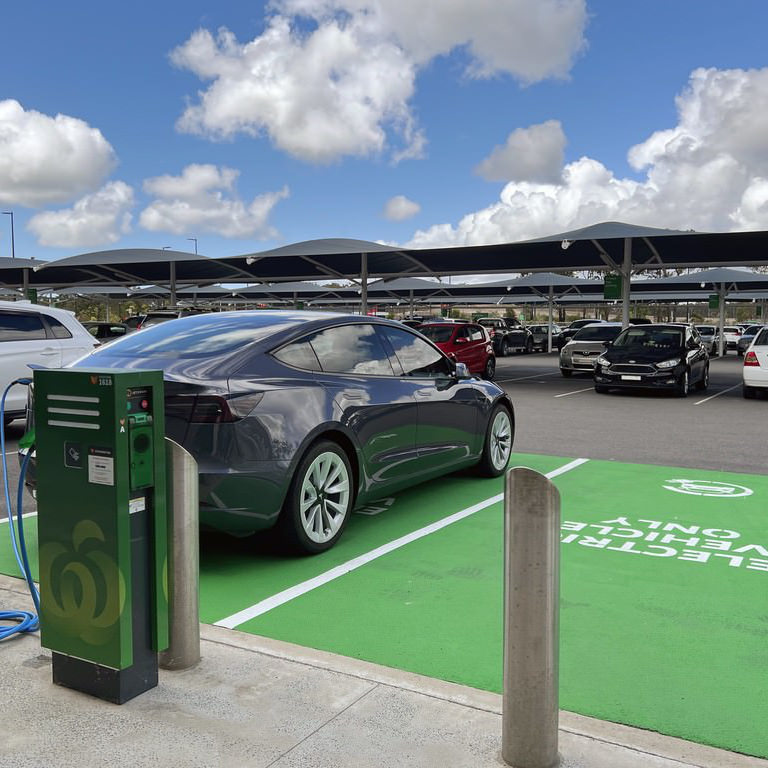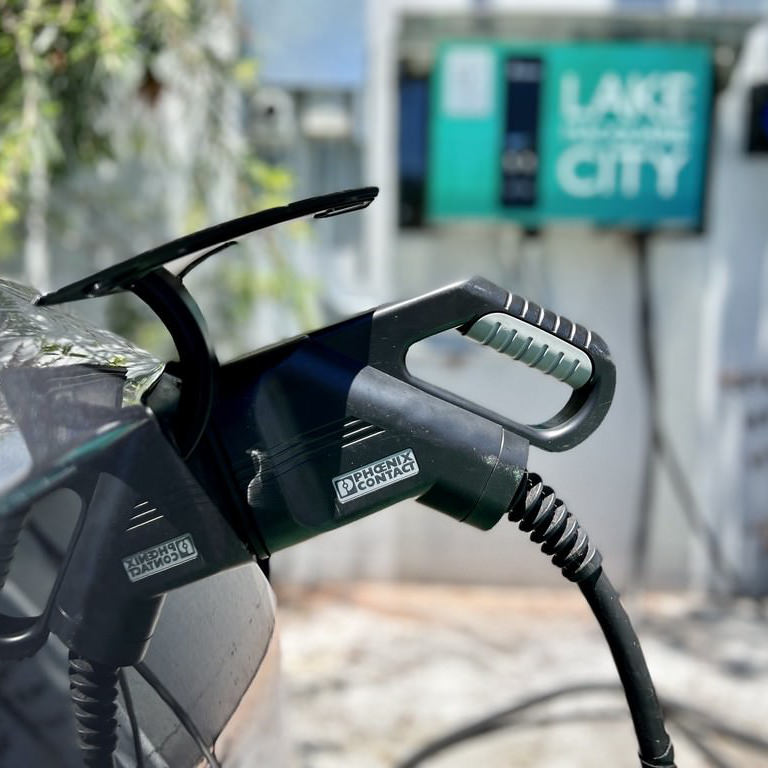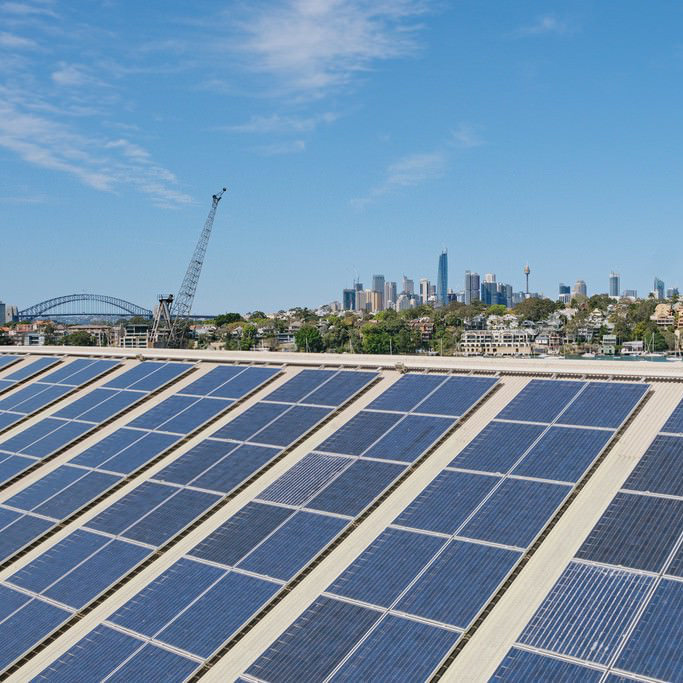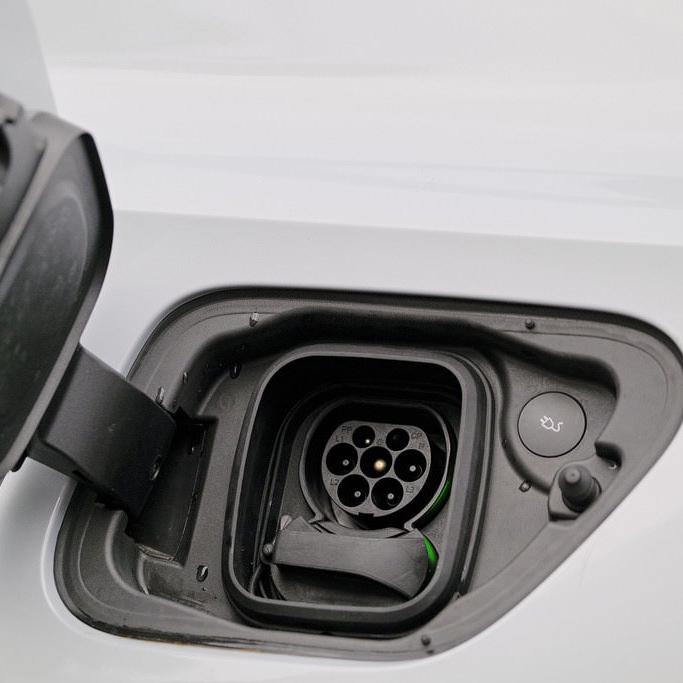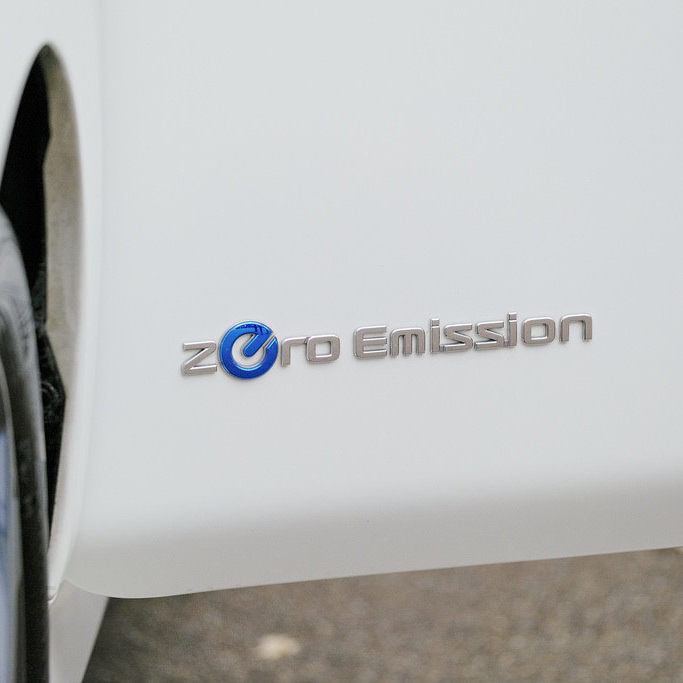How Idle and Congestion Fees Are Shaping EV Charging Etiquette
As electric vehicle (EV) adoption accelerates, public charging infrastructure faces a new challenge: keeping up with demand. Fast-charging stations are essential for long-distance travel and daily convenience, but charger hogging — when drivers leave their vehicles plugged in long after charging is complete — has become a major bottleneck.
To solve this, many charging networks take a ‘carrot and stick’ approach: as ‘carrot’, providing cheaper charging in down periods (up to 10c/kWh cheaper), and now as ‘stick’, the use of idle fees and congestion fees. These additional charges encourage drivers to unplug and move on, improving charger availability for everyone and fairness across the network.
Here we explains how these extra fees (the ‘sticks’) work, the behaviors they promote, and how EV drivers can stay informed and avoid unnecessary costs.
⸻
What Are Idle Fees?
A Nudge Toward Considerate Charging
Idle fees are penalties applied when a vehicle remains connected to a charger after reaching its target state of charge, especially when the station is partially or fully occupied.
Typical structure of idle fees:
- Fees begin once charging is complete, not during the active session.
- They are triggered when station occupancy reaches 50% or more.
- Fees can often double when a site is fully occupied.
- A grace period of around five minutes is typically provided to allow disconnection without penalty.
Idle fees serve as a behavioral nudge, reminding drivers that chargers are shared infrastructure — not personal parking spots.
⸻
What Are Congestion Fees?
Prioritizing Throughput Over Full Charges
Congestion fees are designed for high-traffic charging locations. They encourage drivers to take only as much charge as they need to reach their next destination, rather than topping off to 100%.
Congestion fees may apply when:
- A vehicle’s battery exceeds a certain charge threshold — typically from around 80%.
- The station is experiencing high usage or congestion.
Drivers are typically notified via in-app alerts or on-screen messages, and a short grace period (e.g. 5 minutes) is usually provided before fees begin accruing.
⸻
Why These Fees Matter
Public fast-charging stations are a shared resource. When drivers occupy chargers longer than needed, others are left waiting—especially in busy urban areas or on popular travel corridors.
Idle and congestion fees are not about punishment; they’re about promoting responsible, efficient charging habits that benefit all users.
Charging network operators want to enable a seamless experience, where EV owners can quickly find available chargers without delays caused by inattentive or inconsiderate use.
⸻
How Drivers Are Notified
Most modern EV charging systems are integrated with mobile apps or vehicle dashboards that provide real-time charging updates.
Drivers typically receive:
- Pre-emptive alerts as their session nears completion.
- Final alerts when the vehicle is fully charged or has exceeded the congestion threshold.
- Session summaries showing incurred fees, delivered through the app or via email.
By staying connected and responsive to these alerts, drivers can avoid unnecessary fees and support better charger turnover.
⸻
Payment and Exceptions
How Fees Are Billed
Fees are usually charged automatically to a stored payment method within the charging network’s app. If billing fails, charges may be added to future service or account activity.
Do They Apply to Free Charging Offers?
Yes. Vehicles that benefit from free charging credits or incentives are often still subject to idle or congestion fees if they occupy the charger after charging is complete or contribute to congestion at busy locations.
These policies ensure that free charging doesn’t equate to unrestricted charger use.
⸻
Charging Network Fee Comparison (Typical Ranges)
| Fee Type | When It Applies | Typical Range | Grace Period |
|---|---|---|---|
| Idle Fee | After charging is complete at ≥50% station load | $0.50–$1.00 per minute | ~5 minutes |
| Congestion Fee | Charging above 80% or session ended at busy sites | $0.50–$1.00 per minute | ~5 minutes |
Note: Actual fees vary by network and location.
⸻
Fast-Charging Etiquette: What Every EV Driver Should Know
To promote better access and reduce frustration, here are five habits every EV driver should adopt:
- Monitor your session. Use app notifications to stay informed.
- Move promptly. Unplug and vacate the space once charging is complete.
- Avoid topping off. Charge only what’s needed when stations are busy.
- Respect grace periods. Don’t test the limits—fees can escalate quickly.
- Know the rules. Understand the fee policies of your charging network.
⸻
In conclusion, idle and congestion fees are reshaping how we interact with public EV charging stations. These fees aren’t just about revenue — they’re a practical way to ensure fairness, reduce wait times, and maintain a smooth charging experience for all drivers.
As more EVs hit the road, efficient charging behavior becomes a collective responsibility. With a little awareness and courtesy, we can all keep the network flowing, one unplugged cable at a time.

